Here’s How Physical Exercise Prevents or Slows Alzheimer’s
There’s a very good reason why your healthcare practitioner encourages you to make exercise part of your routine. Regular exercise has numerous health benefits. Many focus on the physical changes that they can anticipate. As for the mental benefits, it’s more than just clearing your head and getting a good dose of endorphins. Research also shows that it can help with neurological diseases and physical exercise can prevent Alzheimer’s or possibly slow it down.
Many neurological diseases, including Alzheimer’s Disease, can’t be cured. This makes it even more important to explore all the possible remedies that can reduce your risk of developing one of these debilitating conditions.
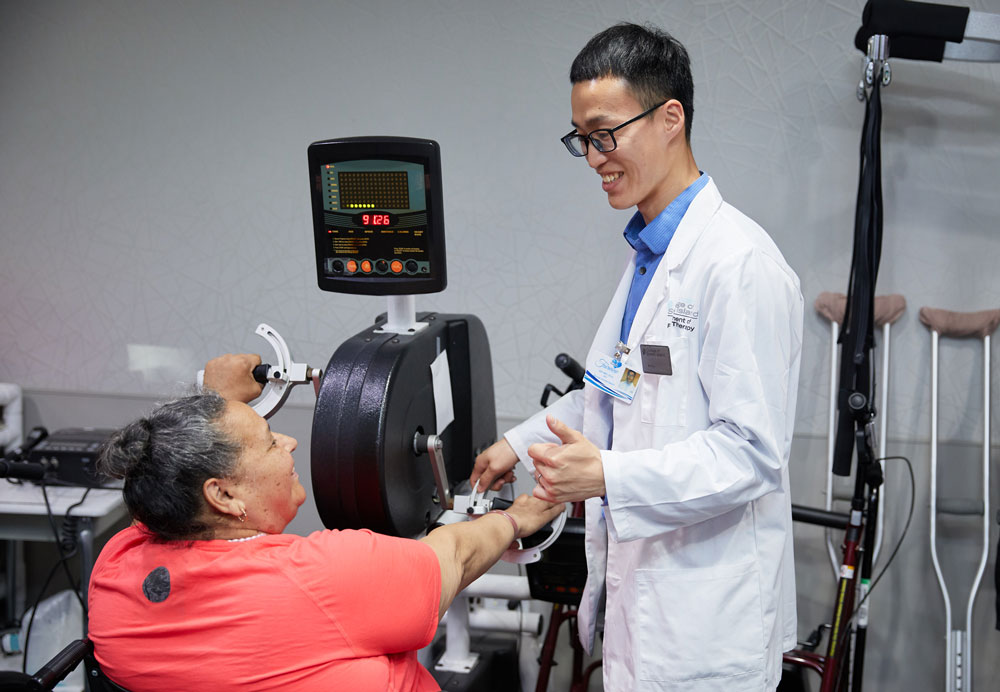
How Does Physical Exercise Prevent or Slow Alzheimer’s?
The jury is still out on the exact science behind how regular physical exercise can prevent Alzheimer’s. However, it’s clear that it can help in more ways than one. Not only can it boost brain health, but also improve your overall health. Here are four of the main benefits that physical exercise offers that have been tied to a reduced risk of developing Alzheimer’s or from the disease progressing too fast.
Increased blood flow to the brain
At this stage, the general consensus on how physical exercise can prevent Alzheimer’s is that it’s linked to the boost in oxygen-rich blood that flows to the brain which helps to nourish the brain. It also has a positive impact on blood vessels. Aerobic exercise, like jogging or even walking, can make your blood vessels stronger.
Exercise improves blood circulation through various mechanisms and by bringing oxygen to the brain. Movements normalize the impaired blow flow that is one of the main causes of brain issues.
Brain structure change and neuroplasticity
A session of relatively intense physical exercise increases our ability to pay attention and focus. So, if you thought that you can’t hit the treadmill, because you would be too tired to focus later, you would actually be wrong.
What’s more, aerobic exercise can also have a positive effect on the hippocampus (the region in the brain that’s associated with learning and memory). As you grow older, this part can shrink which can result in memory loss.
It also helps with neuroplasticity. This term refers to the brain’s ability to change (reorganize itself) when you learn something new.
Reduced inflammation
Alzheimer’s has also been linked to chronic, low-grade brain inflammation. Recent research has found that physical exercise can be linked to reduced activation of the primary immune cells in the brain. These cells become activated when there’s neuron damage or an infection, causing an inflammatory response.
Physical exercise improves overall health and prevents Alzheimer’s
Aside from brain inflammation, there are several other health conditions that have been linked to dementia and Alzheimer’s. These include obesity, diabetes, high blood pressure, and depression.
Needless to say, physical exercise can reduce the risk of developing all of these. And, in the case of depression, it can help to lessen the symptoms. So, this is just another way that making time for regular physical exercise can prevent or even slow Alzheimer’s, if you already experience symptoms of this disease.
Resources:
https://www.ncbi.nlm.nih.gov/pmc/articles/PMC7113559/
https://www.medicalnewstoday.com/articles/how-and-why-does-exercise-improve-cognitive-function#Exercise-and-dementia-risk
https://www.medicalnewstoday.com/articles/exercise-may-lower-alzheimers-risk-by-reducing-inflammation#Physical-activity-and-microglia
https://www.webmd.com/brain/ss/slideshow-exercise-brain-effects
This article contains informational and educational materials and does not replace health or medical advice. For questions or concerns regarding your medical condition or health objectives, speak to a qualified physician or healthcare provider.
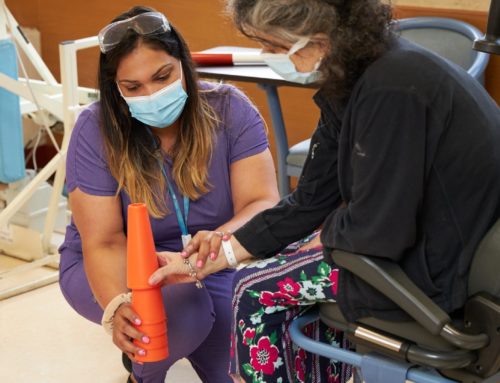


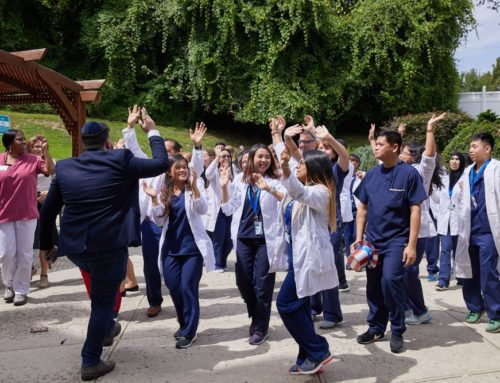
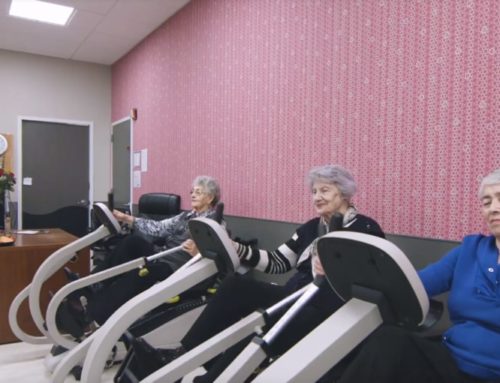
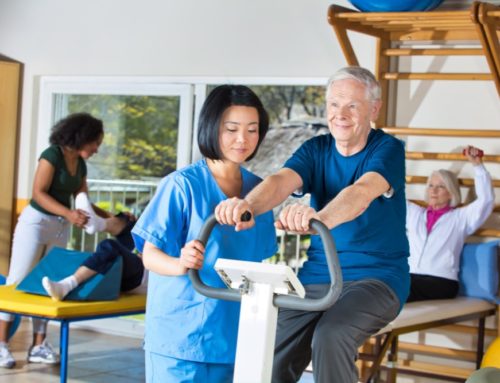
Leave A Comment